There was this sentence in my Hindi textbook of I guess 7 or 8 grade “insaan aloo pyaaz ki tarah bike jaa rahe the” (humans were being sold like potatoes and onions) which was implicating of the slavery which was the main theme of the chapter. The statement implied that humans were equivalent to and cheap as potatoes and onions that were sold in the market. I understood that it was an issue but did not comprehend the gravity of the situation then. But I do now.
Human trafficking, also called the modern day slavery is one such issue that almost all the countries are dealing with, be it the developed countries like USA and the European countries or the developing countries like India and Bangladesh.
I would like to raise a warning here about the images and the content shared as they might trigger some feelings which might make you uncomfortable. But at the same time they are the facts and to reduce these kind of challenges, speaking about them is a must. So do continue with the article, but it is my responsibility to ask you to keep a check on your feeling tabs.
WHAT IS HUMAN TRAFFICKING?
The United Nations defines human trafficking as the recruitment, transportation, transfer, harbouring, or receipt of persons by improper means (such as force, abduction, fraud, or coercion) for an improper purpose including forced labor or sexual exploitation.
One often confuses human trafficking with human smuggling. However the only point of similarity is that both of them involve the recruitment, transfer and transportation from the host to the destination. But the point of differentiation is that traffickers exploit and make use of force to gain people while in case of smugglers it is often consensual and most of these smuggled individuals are free at the end of their journey. Both these issues are classified as international crime and are not only confined to one particular region or country.
FORMS/ TYPES OF HUMAN TRAFFICKING:
Human trafficking is often understood in the form of forced labor or for sexual purposes. However, there are a wide range of other forms which also comes under human trafficking like in case of hiring for exploitative work like domestic help, agricultural workers, or in dangerous industries which also includes children who are exploited in these kinds of industries who are lured in for minimum wages (which qualifies as child labor). It also encompasses trafficking for adoptions into begging and the less popular means of organ trafficking (the movie ‘ANDHADHUN’ provides a very good example for this) or even forced marriage.

We often hear of people going abroad for jobs but we never hear them coming back. The victims of trafficking often lose their passports or are exploited to such an extent that they don’t have money and are completely at the mercy of their recruiters/boss. Another commonly known type is the sexual trafficking which is the most common for girls and women either for prostitution or for pornography.
I recently watched a video which explained how exploitation of women takes place in the porn industry. Firstly, the consumers have no idea as to whether the activity is consensual or not. So unknowingly we are promoting the trafficking of not only women but also men and children. The average length of their careers is only three months. In addition, there is also a pay discrepancy between the genders as well as race. So we are not only promoting trafficking but also discrimination and racism.
To watch the entire video click here

WOMEN- VICTIMS OR PERPETRATORS?
Human trafficking is usually viewed as a crime where women comprise of the maximum pie of the victim chart. However, this data is not entirely true. Men as well as children are also exploited for cheap labour, and even for child pornography (which saw a 95% increase in consumption during the lockdown via www.vice.com). In fact, human trafficking is the only transnational crime in which women are represented as victims, perpetrators as well as activist which seek help to fight this crime.
Other than sexual exploitation, women are also subjected to domestic exploitation which could be a consequence of forced marriage. To some extent, domestic trafficking and domestic abuse go hand in hand because abuse makes them vulnerable to being the victims of trafficking. Not allowing the women to get out of the house, allowing her to do only the household chores, not having a say in the decisions, are also subtle forms of domestic abuse, along with not so subtle acts of slapping, kicking, beating, spitting and even burning.

The overall rate of domestic abuse was particularly on a high during the lockdown due to COVID not only in India but all over the world. The NY times on 6th April reported a surge in cases of domestic abuse. New York, Spain, France and India and many more countries reported increasing calls to helplines. Not only domestic abuse, but The Hindu also reported 92000 calls on child abuse and violence in 11 days. So by providing you with the data what I am trying to say is human trafficking is not necessarily happening in the slums or with such vulnerable class of society, but could also be happening in our surroundings in such subtle forms.
CAUSES OF HUMAN TRAFFICKING:
One of the probable reasons why women and girls are the soft targets is because of the society’s long-driven mentality of considering them inferior to men and boys. There is a lack of investment in girls and as a result they are denied social status. Furthermore, in some societies they are even considered to pay off the economic debt by selling them off.
Now that I am writing about this, I am reminded of this song sequence from an old Hindi film where a poverty-stricken man sells his wife for a night to a consumer for sexual experience, as a result of which the wife gets pregnant. So now the family of two turns into three demanding more food, clothes and shelter and thus the cycle of poverty continues. Thus, another vulnerability factor is the poverty which makes these people easy targets of trafficking.
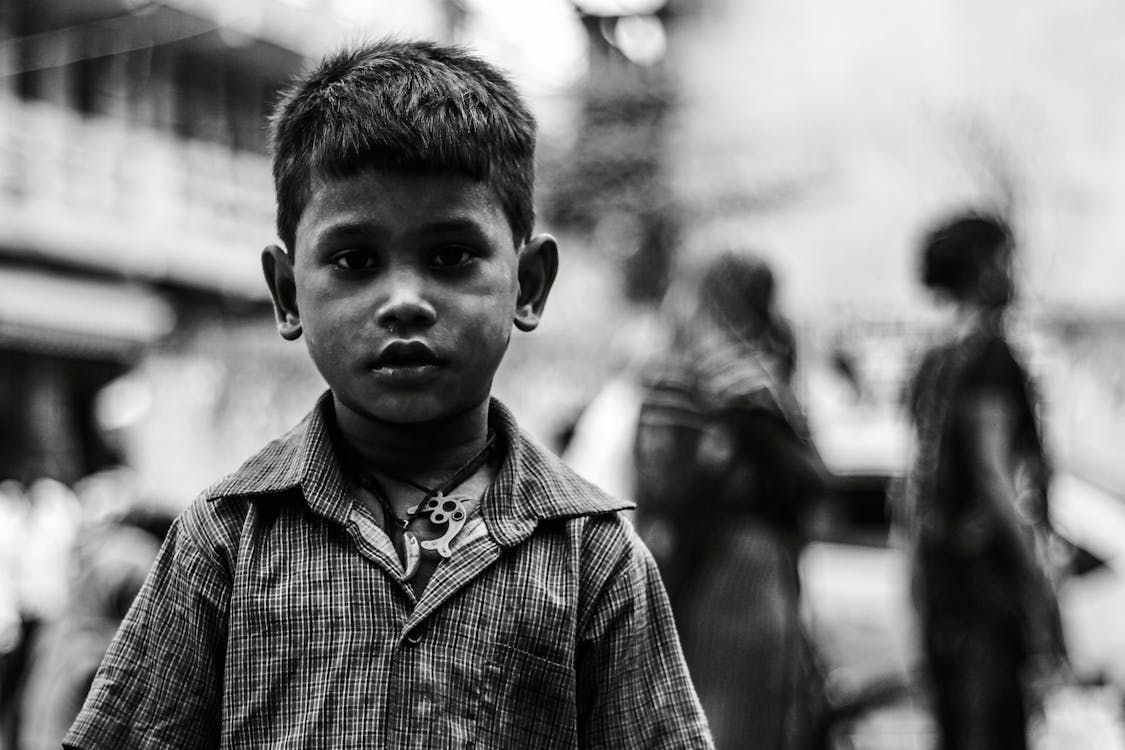
Also, these targets become targets because of the discrimination they face from the society. In case of men, the discrimination could be in terms of decreased income and as a result of which they are lured into this money laundering jobs in Dubai (most heard of) which are actually menial jobs. Women are discriminated against just for being women. Denied the opportunities of education they lack skills which help them protect themselves from the ploys of these traffickers. Thus, in order to provide for their poor family they are ready to accept any kind of job which pays them and as a result fall prey to these traffickers.
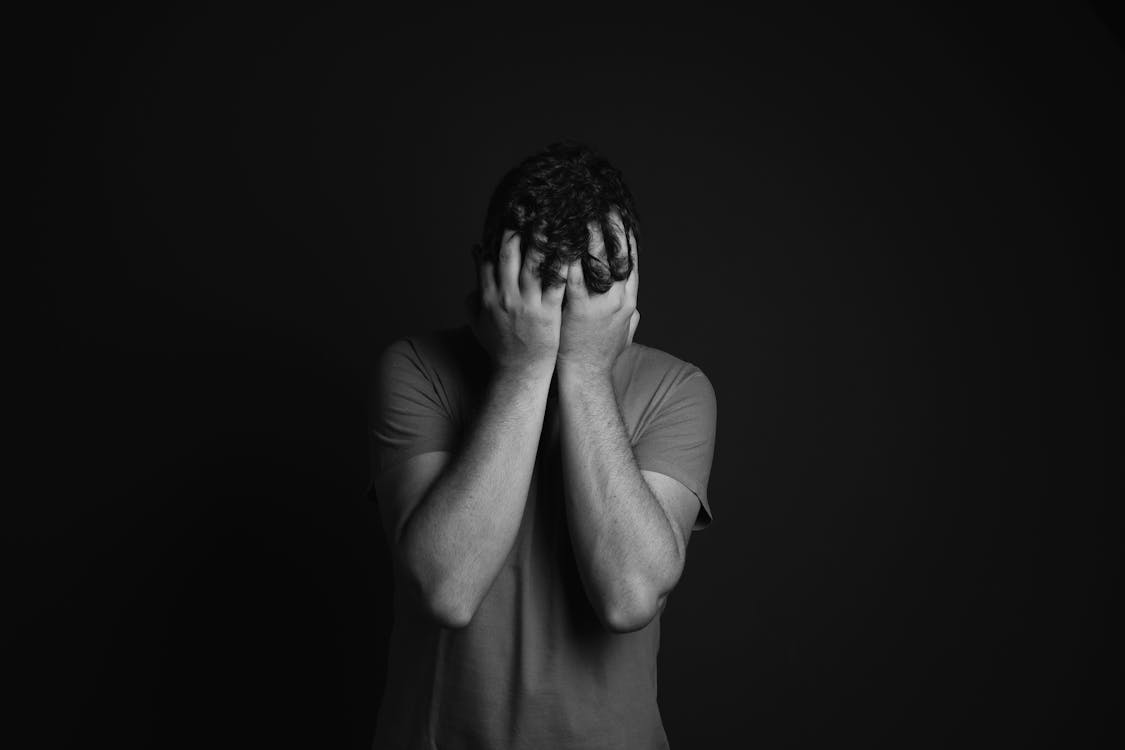
Other than the personal factors there are also some factors which has made human trafficking easy. One such factor is Globalization. It has made traveling from one place easier, faster and cheaper.
Since traveling is easier, many forms of tourism are coming up. One such problematic form of tourism is sex tourism- traveling for sexual activity, particularly with prostitutes. Countries like Thailand, Cambodia, Netherlands, Philippines, Spain, Brazil etc. are the major tourist spots. As the number of tourists increases, the demand for prostitutes increases. This leads to an increase in the number of prostitutes recruited and ultimately the supply. Thus, this demand-supply chain increases the chances of human trafficking. Unlike drugs, humans can be sold repeatedly and thus it keeps on increasing.
THE PSYCHOLOGY OF HUMAN TRAFFICKING:
Leaving my readers without the psychological aspects behind human trafficking would be unfulfilling for me. So I won’t do that. I am particularly excited to share these decoding as while I was researching it I was also surprised that some of the basic psychological principles work with the victims as well as the traffickers. The risk factors have already been discussed but what I missed to point out was:
- These victims of trafficking are mostly recruited by the age of 12 or 14 who have already been abused prior in their lives, either physically, sexually or emotionally, making them more vulnerable.
- They lack protection from their caretakers or their guardians, making the activities of the child unobserved.
- These potential victims also lack a family structure, allowing the perpetrators easy access to them.
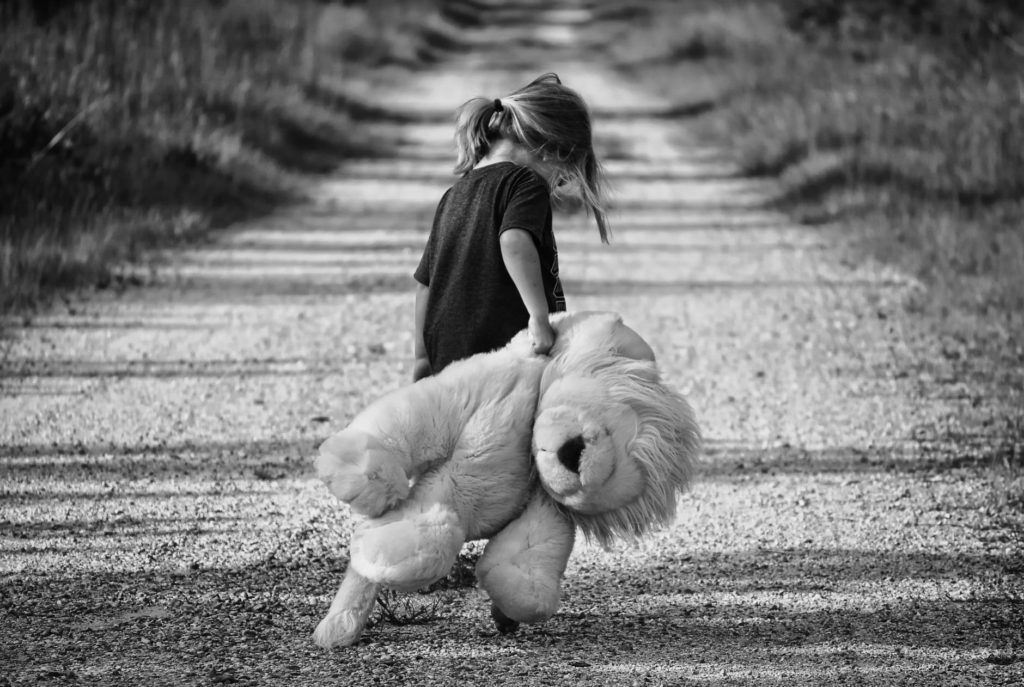
As a result victims start developing trust and also an increased sense of acceptance to their abuse. This process of psychological manipulation designed to capitalize on the potential victim’s vulnerabilities and convincing them to participate in such activities is called grooming/seasoning. Let’s explore this concept in much more detail.
Grooming as a process involves a lot of ‘brain-washing’ or we can say an abusive cognitive conditioning process- pairing the stimulus repeatedly with the response to be achieved, so that they take part in these activities willingly. The traffickers also use positive and negative reinforcements to condition them to willingly participate in such activities.
APPROACHES USED IN GROOMING:
The most common approach used by traffickers is that they often assume the role of ‘boyfriend’ and make the potential victims fall in love with them so that it becomes easier to manipulate them and ask them to do things out of the expectations that were built in a relationship. The often saying on the part of the recruiter would go something like ‘would you not do it for me’ or ‘you don’t love me anymore’ which places the victim in the space of loyalty and guilt if they don’t do it.
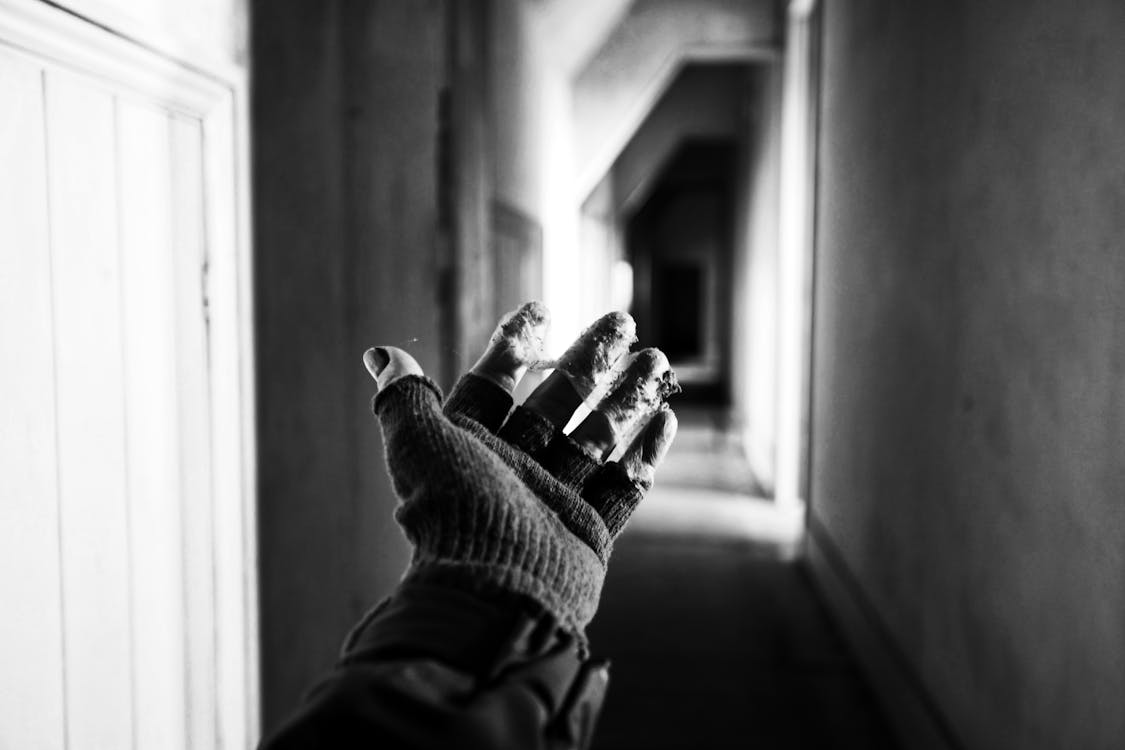
Another approach that is used is the ‘debt’ approach where gifts are given in the disguise of being free and there are no expectations for reciprocity. After the gifts are accepted, the trafficker introduces the idea of repayment. As a result the victim keeps getting stuck in the never ending loop of repayment.
CHARACTERISTICS OF THE TRAFFICKERS:
Majority of research in human trafficking talks about the characteristics of the victims, however very few researches give the data about the personality characteristics of the traffickers. Gender and race have been found to play a role. In addition, the personality characteristics include narcissism, pathological lying, lack of guilt, lack of empathy, poor behavioural control, impulsivity, juvenile delinquency, irresponsibility and failure to accept responsibility for their own actions.
PSYCHOLOGICAL EFFECTS ON SURVIVORS/VICTIMS:
It is not a surprising fact that there would be an immense amount of psychological impact on the victims or the survivors of trafficking. They go through a lot of mental health issues along with the physical violence. These kinds of experiences are no less than trauma for them plus the social isolation that comes along is another trauma in itself. The lack of control or predictability for the victims adds to the amount of stress that they go through. Substance abuse and other health issues might also be the contributing factor.
Even after surviving and managing anyhow to be free of it, they might not be at peace as there would be less amount of acceptance on the part of community. The social isolation which they have already been experiencing and would continue to feel is even more traumatizing for them not allowing for healthy maturation. Having lost the sense of security and safety in the ‘home’, a healthy support system would be beneficial in allowing them built emotional and social skills to survive in the mainstream world. They are also at a high risk of developing mental disorders like depression, anxiety disorders, PTSD, OCD etc., the solution of which lies in seeking help from professionals.
I don’t know if you guys noticed that the black and white images throughout the article changed into colorful image, the intention of which was to point out that’s how it might feel for the individual. Thus, understanding the psychology related to human trafficking will not only help in understanding the issue from various viewpoints but will also be helpful for the government in forming various policies. A branch of psychology called criminal/forensic psychology also deals with such kind of issues. Knowledge about the risk factors both for the traffickers as well as the victims will also be helpful in preparing the preventing strategies and in turn will also help in addressing such issues in the mental health continuum.
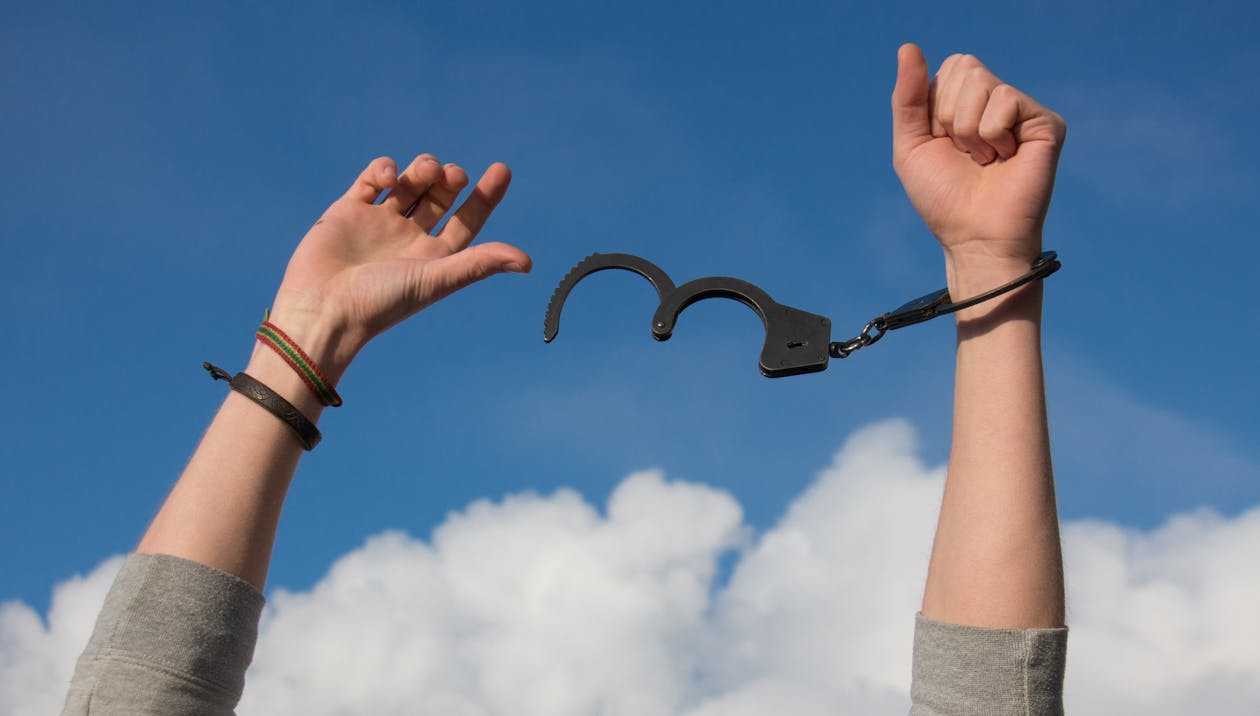
WHAT CAN WE DO ABOUT IT?
I would have been quite unsatisfied if I would not have provided you with this section. The major question that would arise is ‘what can we do about it?. I’ll point out a few points that we as responsible individuals can do to have a safe and secured environment around us.
- Listen to your bodily cues/ gut feelings.
- If someone around you is making you feel uncomfortable, communicate this to people you trust.
- Start identifying the emotions that you feel.
- And, if someone comes up to you and tells how they are feeling, don’t try to sussh them. Believe them, comfort them and stay calm.
These are the basic things that one can do, not only to prevent human trafficking but any kind of abuse or in case on dangerous/unsafe situations.
Thank you for surviving till the end.
And, If you haven’t read my previous blog, here is the link: https://www.mindshealer.com/mental-health/10-unique-ways-to-develop-personality/
Happy Reading!
REFERENCES:
National Institute of Justice, “Overview of Human Trafficking and NIJ’s Role,” February 25, 2019, nij.ojp.gov: https://nij.ojp.gov/topics/articles/overview-human-trafficking-and-nijs-role
Palmiotto, M. J. (2015). Combating human trafficking: A multidisciplinary approach. Boca Raton: CRC Press.
Shelley, L. I. (2010). Human trafficking: A global perspective. Cambridge: Cambridge University Press.
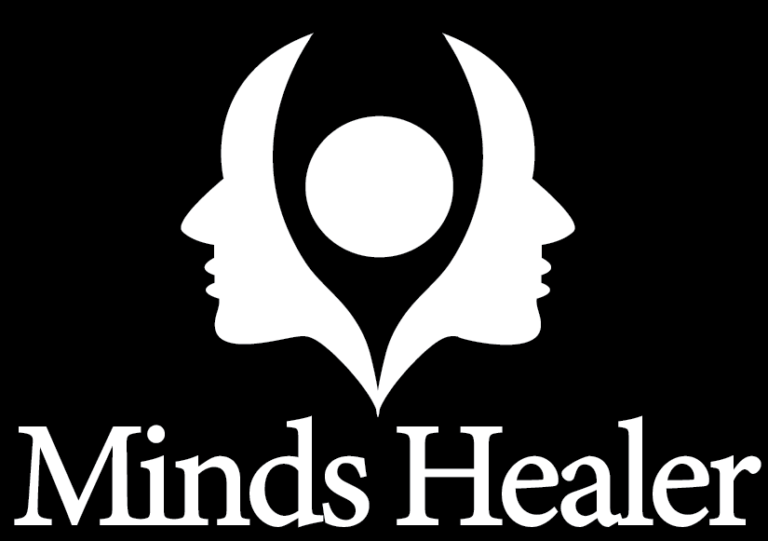
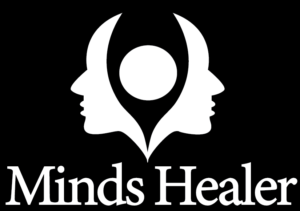


14 Responses
How long did it take to come up with all that information? Very well-researched, organised article! Technical but not with a lot of jargon.
I was totally unaware that human smuggling and human trafficking are two different things…kaafi nayi baatein pata chali aaj ek article se!
Keep writing!
Thank you so much Arpita. I am glad this article helped you in understanding new things. And also thank you for your wonderful insights.
I can see how much hard you have worked for this. And it’s informative, alot of things I have to come know after reading this. And for sure this blog will be used as further reference. Keep up the good work!!!
I am so so glad that you guys are learning new things (which was my intention). Means a lot. Keep reading!!
Very informative article. Lots of research has been done for describing the topic. Even the pictures says a lot.Great work. Keep writing
Thank you so much for the appreciation and writing me back. I am happy that you noticed the pictures as they speak a lot! Keep writing me this wonderful feedback and I’ll keep writing these articles.
This is very informative and important topic to write on, thanks for sharing. You’re doing a great job, keep it up!!
Thank you so much. Its nice to see that you also considered it an important topic to speak about.
Learnt a lot of things while going through this blog .. It was very informative and well researched. Keep it up
thank you so much for this feedback.
Well detailed!
Thank you.